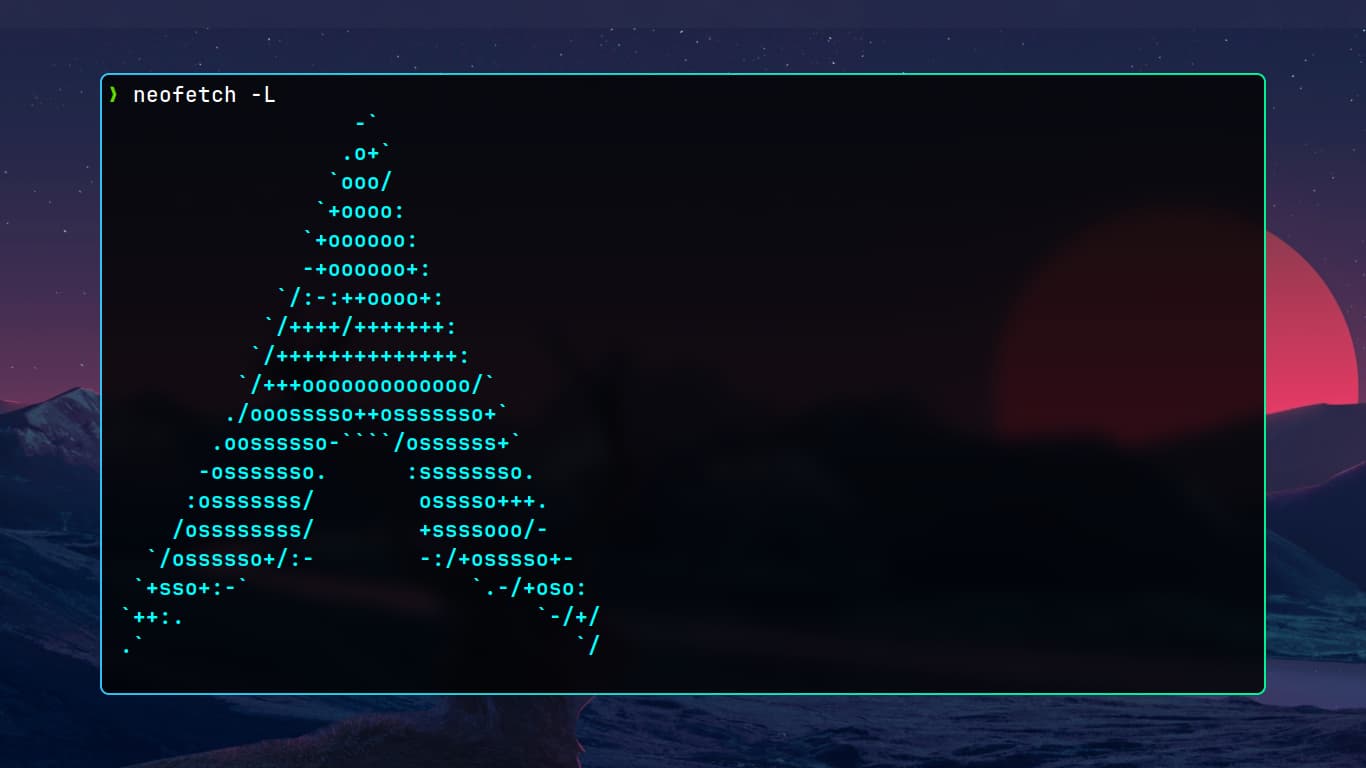Table of contents
Open Table of contents
Intro
On this Post You will see how to setup Arch Linux as a Virtual Machine in VMWare.
Goal: Make it work.
Setup
VMWare Settings
Other linux 6.x kernel 64-bit, RAM 1, Disk 10.
Additionally, choose UEFI under Advanced in Settings/Options of the machine.
to ssh
you may need to change password of root:
passwd root
# root
Installation Process
timedatectl set-ntp true # time
lsblk # see disks
cfdisk /dev/sda # partition
NEW -> 500M with TYPE -> EFI System
NEW -> 8.5G with TYPE -> Linux FIlesystem
NEW -> 1G with TYPE -> Linux Swap
WRITE then QUIT
# assigning roles to partitions
mkswap /dev/sda3
swapon /dev/sda3
mkfs.ext4 /dev/sda2
mkfs.fat -F32 /dev/sda1
# mounting
mount /dev/sda2 /mnt
mkdir /mnt/boot
mount /dev/sda1 /mnt/boot
# installing some packacges
pacstrap /mnt base linux linux-firmware
# for mount after boot
genfstab -U /mnt >> /mnt/etc/fstab
# change root dir
arch-chroot /mnt
# timezone, locale smth, hostname
ln -sf /usr/share/zoneinfo/US/Eastern /etc/localtime
pacman -S vim
vim /etc/locale.gen # uncomment en_US ones
locale-gen
vim /etc/locale.conf # LANG=en_US.UTF-8
vim /etc/hostname
# somehost
# Network services
systemctl enable systemd-networkd
systemctl enable systemd-resolved
vim /etc/systemd/network/20-wired.network # but first ip a
[Match]
Name=ens33
[Network]
DHCP=yes
# root user password
passwd
# if intel
pacman -S intel-ucode
# bootloader
pacman -S grub efibootmgr
grub-install --target=x86_64-efi --efi-directory=/boot --bootloader-id=GRUB
grub-mkconfig -o /boot/grub/grub.cfg
# at the end
exit
umount -R /mnt
reboot
Installation complete.
to ssh again
pacman -S openssh
systemctl status sshd
systemctl enable sshd
systemctl start sshd
add a user and enable sudo
useradd -m -G wheel hannibal
passwd hannibal # hannibal
pacman -S sudo vi vim
usermod -aG wheel hannibal
visudo # Uncomment %wheel ALL=(ALL:ALL) ALL
GUI
Here, we will install xfce. (You may install any other GUI!)
sudo pacman -S --needed xorg
sudo pacman -S --needed xfce4 mousepad parole ristretto thunar-archive-plugin thunar-media-tags-plugin xfce4-battery-plugin xfce4-datetime-plugin xfce4-mount-plugin xfce4-netload-plugin xfce4-notifyd xfce4-pulseaudio-plugin xfce4-screensaver xfce4-taskmanager xfce4-wavelan-plugin xfce4-weather-plugin xfce4-whiskermenu-plugin xfce4-xkb-plugin file-roller network-manager-applet leafpad galculator lightdm lightdm-gtk-greeter lightdm-gtk-greeter-settings capitaine-cursors arc-gtk-theme xdg-user-dirs-gtk
sudo pacman -S --needed virtualbox-guest-utils xf86-video-vmware
systemctl enable lightdm
systemctl enable NetworkManager
reboot
Voila GUI!
Result
- 5 out of 10 GB disk is used
- 0.5 out of 1GB RAM is used
[hannibal@127 ~]$ neofetch
-` hannibal@127.0.0.1localhost
.o+` ---------------------------
`ooo/ OS: Arch Linux x86_64
`+oooo: Host: VMware20,1 None
`+oooooo: Kernel: 6.8.1-arch1-1
-+oooooo+: Uptime: 5 mins
`/:-:++oooo+: Packages: 455 (pacman)
`/++++/+++++++: Shell: bash 5.2.26
`/++++++++++++++: Resolution: 1280x800
`/+++ooooooooooooo/` Terminal: /dev/pts/1
./ooosssso++osssssso+` CPU: 11th Gen Intel i3-1115G4 (2) @ 2.995GHz
.oossssso-````/ossssss+` GPU: 00:0f.0 VMware SVGA II Adapter
-osssssso. :ssssssso. Memory: 461MiB / 927MiB
:osssssss/ osssso+++.
/ossssssss/ +ssssooo/-
`/ossssso+/:- -:/+osssso+-
`+sso+:-` `.-/+oso:
`++:. `-/+/
.` `/
Sources
- ISO - https://archlinux.org/download/
- Guide - https://wiki.archlinux.org/title/Installation_guide
- Guide for VMWare - https://linuxconfig.org/install-arch-linux-in-vmware-workstation
- Recommenfations after install - https://wiki.archlinux.org/title/General_recommendations
- Apps - https://wiki.archlinux.org/title/List_of_applications
- OpenSSH - https://linuxways.net/arch/install-configure-openssh-arch-linux/
- Sudo - https://www.makeuseof.com/fix-sudo-command-not-found-on-linux/
- XFCE - https://www.debugpoint.com/xfce-arch-linux-install-4-16/
